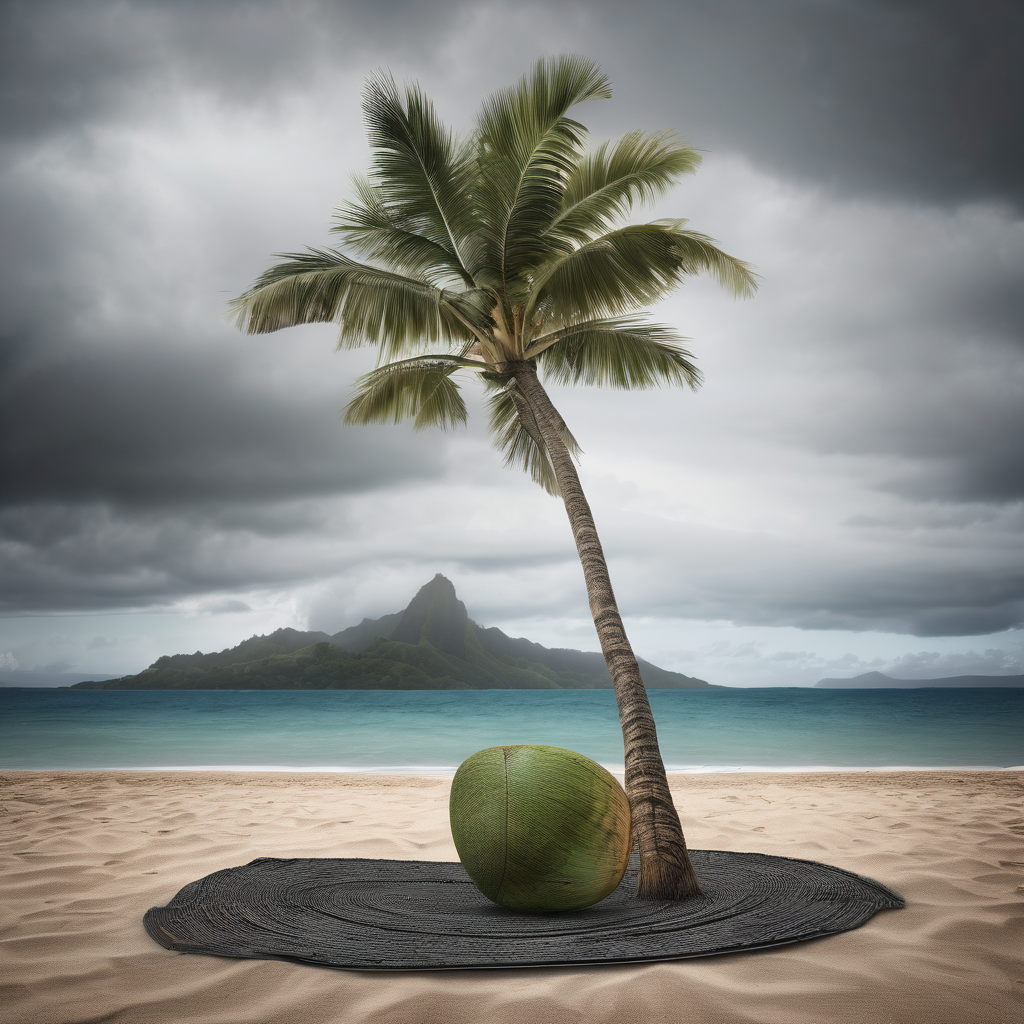Recent discussions surrounding climate change have often been dominated by evocative imagery of “sinking” Pacific islands, but a new study from the University of Waikato reveals that these visuals may unintentionally overshadow critical political and economic factors while silencing the proactive voices of Pacific peoples. Dr. Olli Hellmann, an Associate Professor of Politics and International Relations, highlights that such iconic images often depict these communities solely as victims, rather than as resilient participants in the fight against climate change.
Dr. Hellmann points out that while visually striking, these representations can disconnect the narrative of climate change from the actual circumstances experienced by local populations. They become symbols of vulnerability, inadvertently undermining the potential for agency among the individuals and communities depicted. He observes that the common framing of these images, prevalent in both climate dialogues and tourism marketing, can influence perceptions, leading audiences to believe that the fate of these islands is merely a product of their geographical conditions. This perspective can obscure the responsibility of industrialized nations that significantly contribute to climate change.
In contrast to this prevailing visual narrative, the Pacific Climate Warriors—a group of young climate activists—are attempting to reshape the discourse. Through their active presence on social media, particularly Instagram, they focus on community-driven responses and resilience among Pacific youth, shifting the narrative from one of powerlessness to empowerment and solidarity. Their imagery emphasizes action against climate challenges and reinforces the idea that the threats stem from fossil fuel reliance, rather than geographical limitations. This empowers communities to regard themselves as leaders in pursuing climate action.
The study underscores the critical role of representation in various media. Just as polar bear imagery has become synonymous with climate change, images of low-lying Pacific islands often invoke a sense of despair but fail to consider local culture, community strength, and existing adaptive strategies. Dr. Hellmann argues that this creates a misleading impression of climate change as an insurmountable challenge, potentially leading to inaction among audiences overwhelmed by its enormity.
This research echoes broader conversations about climate justice in the Pacific, as emphasized by leaders like Archbishop Peter Loy Chong and Acting Prime Minister Professor Biman Prasad, who advocate for amplifying local voices in climate discourse. They stress the need for climate conversations to reflect the lived experiences of those most affected, urging global acknowledgment of the urgent realities confronting these communities.
Dr. Hellmann advocates for a reevaluation of the visual narratives surrounding climate change, suggesting that media outlets should engage with local photographers to portray more nuanced images of resilience and proactive responses to climate issues. As such, there is a hopeful shift toward empowering Pacific Islanders to actively narrate their stories in the context of climate crises, cultivating a collective sense of responsibility and action.
Highlighting the strength and resilience of these island communities, this approach opens an optimistic pathway toward addressing climate challenges through local initiative, solidarity, and sustainable practices, heralding a future where the voices of Pacific peoples play a central role in climate action narratives.
